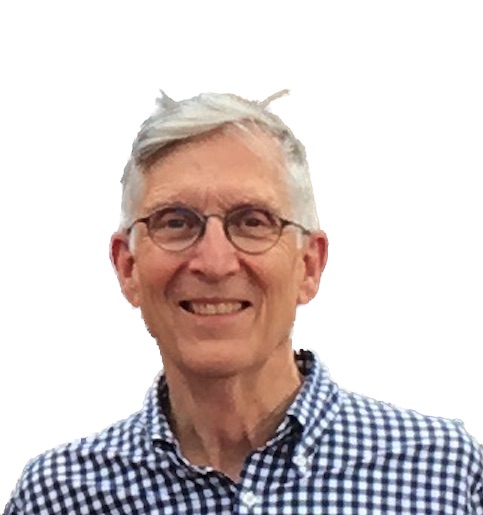
1. Can you describe your role in the SDSS collaboration and what you enjoy most about it?
I am working mainly on Local Volume Mapper where my interests are associated with what we can learn from the observations of SNRs. I am involved in the development of various portions of the reduction pipeline, mainly those related to sky subtraction. What I enjoy most is collaborating with new groups of people.
2. Can you tell us about your educational background and how you got interested in the field of astronomy/astrophysics?
I was an undergraduate in Physics at Harvard, and got my Phd in Physics from Caltech. I became interested in X-ray astronomy at Caltech. My PhD project involved launching sounding rockets from Woomera (Australia) in order to study the soft X-ray background, and in particular whether the Magellanic Clouds absorbed it (which it does not, since most of the X-ray background is local.
3. What projects are you currently working on and what are you most excited about?
I am currently working to extract spectra of Magellanic Cloud SNRs from the first year of LVM data, as well as working on understanding the emission from several Galactic SNRs, W28 and RCW86, that were observed as part of the early science observations.
4. Can you describe how you balance work and personal life, and what advice would you give to someone just starting in the field?
For me, now, as an Emeritus astronomer at the Space Telescope Science Institute, research is an avocation, and it is something I only do for enjoyment. My advice to others who are younger, if you want to do this, is simply to keep your career active, by not letting administrative and teaching responsibilities prevent you from, as least some of the time, doing research in the exactly same way as you did as a graduate student.
5. Can you share with us a unique hobby or interest that you have outside of work?
My main hobby is fly fishing, either in the Driftless area of Wisconsin, or out West in Montana or Wyoming.
